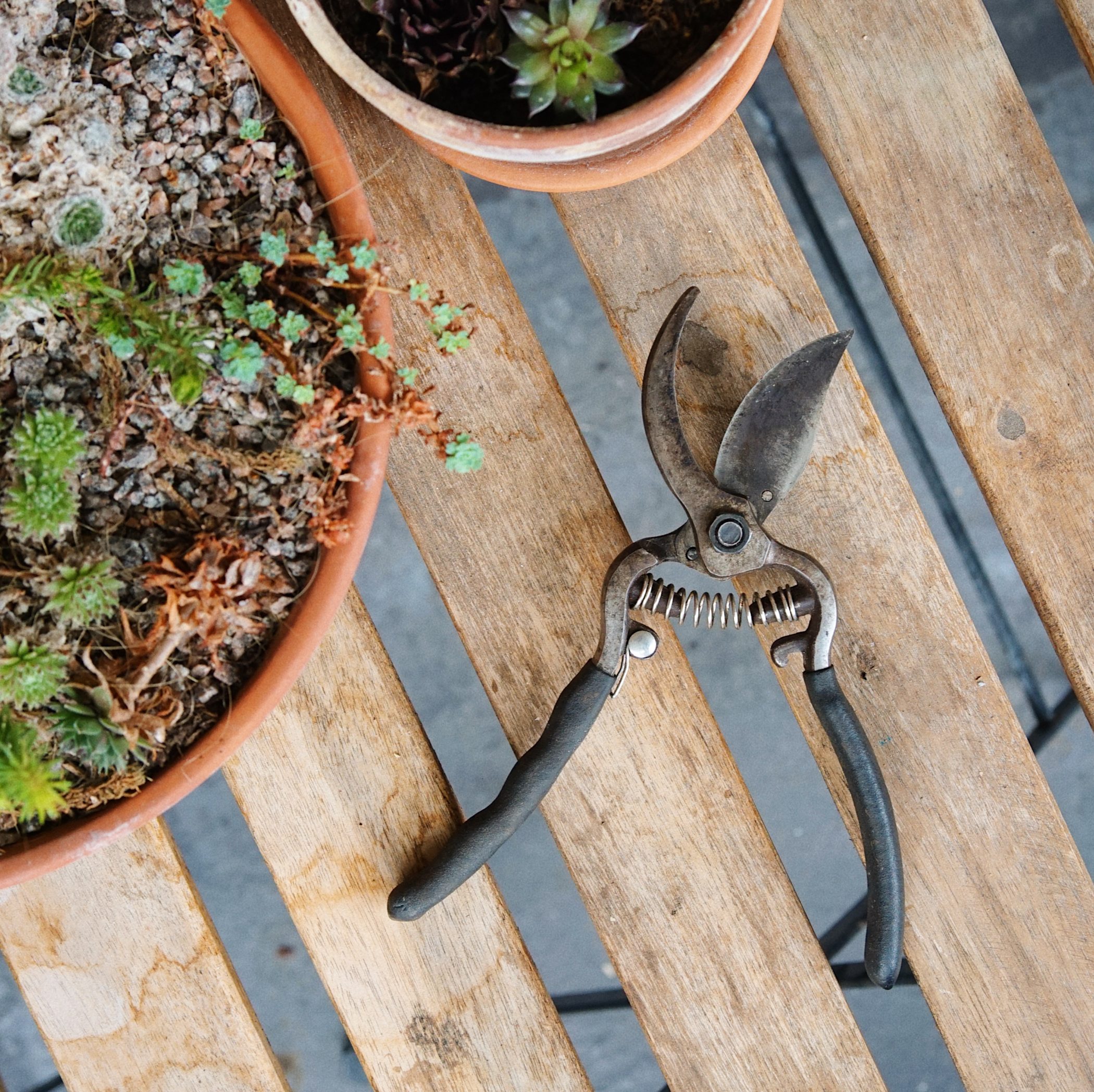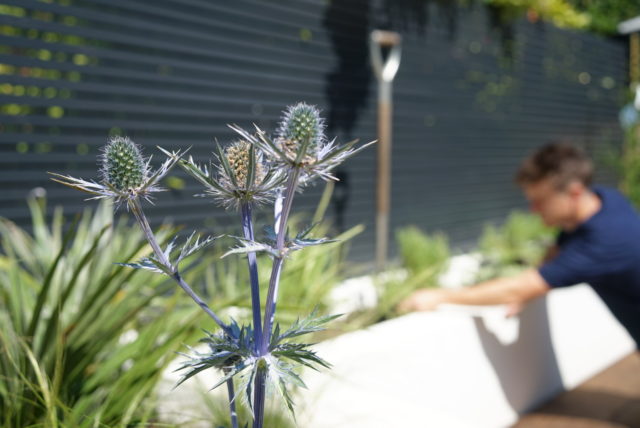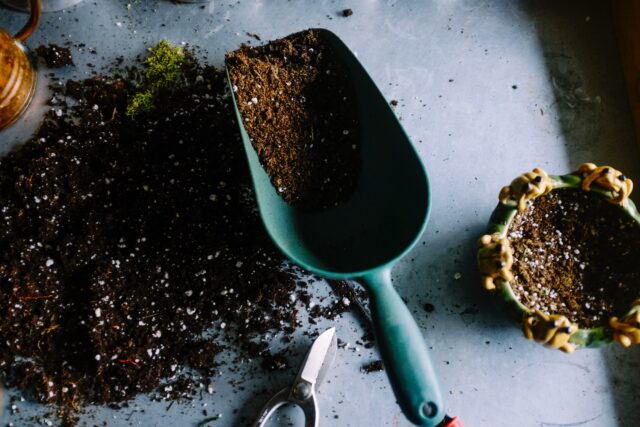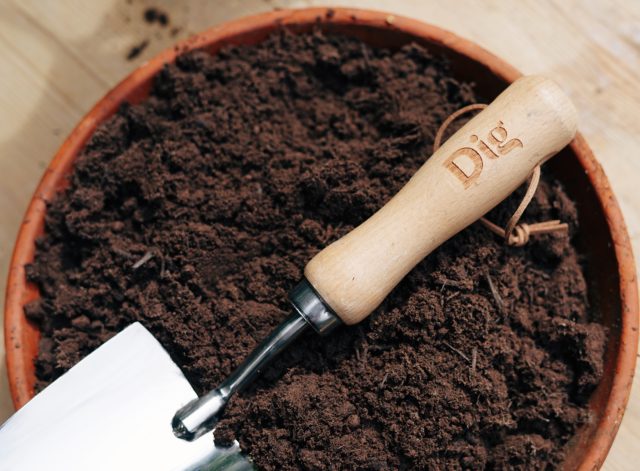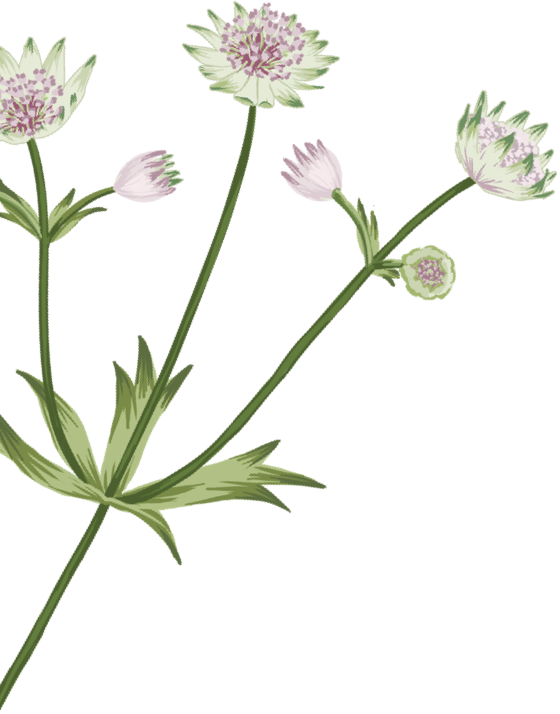Henry James once said “Summer afternoon—summer afternoon; to me those have always been the two most beautiful words in the English language”, which is a sentiment with which we’re very much in agreement here at Dig. With late flowering plants, borders abuzz with lazy pollinators, and the slow shift from summer to the cooler months to come, it’s the perfect time to sit back, relax, and enjoy your outdoor space.
It is a garden though, and that means there’s always something to do – especially to keep the garden looking its best through these final stages of the growing season ready for autumn. Below are a few things you can be getting on with throughout this most glorious of months.
Dead-heading and feeding
Removing spent flowers from any flowering plants ensure that they’re more likely to continue flowering, as you’re preventing energy from being redirected into growing seeds. Giving these flowering plants in pots a helping hand with tomato feed once during August will ensure you’re also assisting those flowers with some of the extra nutrients they’ll need – which, in pots, they won’t be getting from the ground.
Cut back any wildflower meadows or wild grassy areas
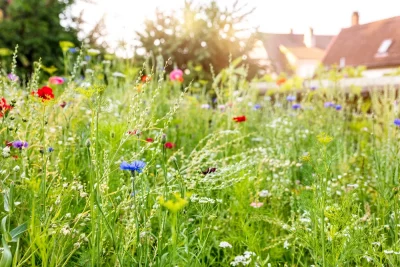 One of the best ways to invite nature into your garden is to leave an area as a wildflower meadow. If you’re thinking of introducing this wonderful feature to an area of your garden, we always recommend leaving this a year to see what appears, before introducing any of your own planting. Once those plants have finished flowering and the grasses have finished seeding, now is a great time to mow them down, removing the cuttings to expose and dry the soil (wildflower meadows benefit from air, light and dryness following cutting back) ready for them to take off again next year. Growing a path of wild planting takes time but we promise that it will improve year on year. Stay tuned in future months for advice on scattering seeds, and which seeds work well in these spaces to ensure native planting for local pollinating birds and insects.
One of the best ways to invite nature into your garden is to leave an area as a wildflower meadow. If you’re thinking of introducing this wonderful feature to an area of your garden, we always recommend leaving this a year to see what appears, before introducing any of your own planting. Once those plants have finished flowering and the grasses have finished seeding, now is a great time to mow them down, removing the cuttings to expose and dry the soil (wildflower meadows benefit from air, light and dryness following cutting back) ready for them to take off again next year. Growing a path of wild planting takes time but we promise that it will improve year on year. Stay tuned in future months for advice on scattering seeds, and which seeds work well in these spaces to ensure native planting for local pollinating birds and insects.
Weeding
An almost constant job in any garden, weeding is particularly important in August. Weeds (or rather unwanted plants – we’re firm believers in no-such-thing-as-a-weed) will have had a real boost following the warm summer months, and removing them ensures that air, light, and nutrients are all going towards the plants that you want to keep. If you’ve purchased a Dig garden, it also means that the plants that you’ve paid for will have a much better chance of excelling. With temperatures rising too, and water more precious than ever, regular weeding makes sure that that energy is being used sensitively and responsibly.
Snail hunting
Beautiful and fascinating though they are, snails can also be a bit of a nuisance. Any plants with fleshier leaves will be a magnet for these little gastropods. There’s no hard and fast way of winning this constant battle, but one of the more effective methods is to simply wait for a damp evening, grab a torch and a bucket and go on a snail hunt. Pick snails up by the shell, and collect as many as you can find – depositing them in a bucket and taking them to a local park or verge. We cannot endorse chucking them over the fence into your neighbour’s garden, for the record. Treat others as you would like to be treated, or… garden as you would want to be gardened to!
